
Here in the wild, we experience a completely different kind of traffic jam: the king of the jungle siring his next generation right in the middle of the road. This lion is one of the six Nyati males. In the early morning, the road offers dry terrain before it gets too hot, and that’s when they start looking for shade.
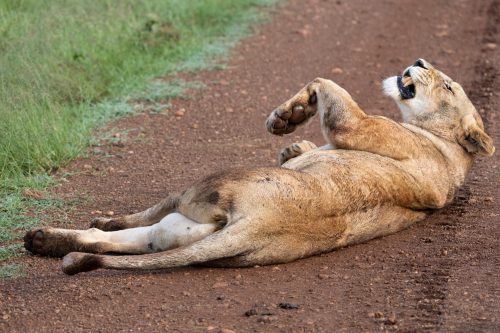
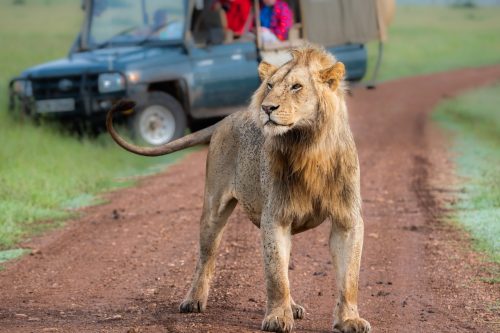
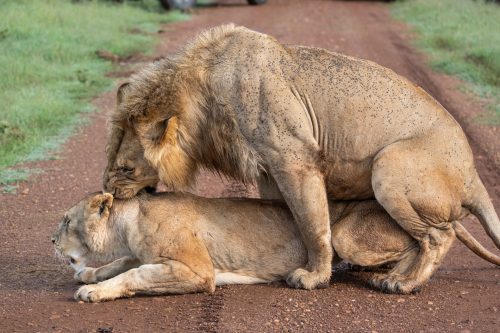
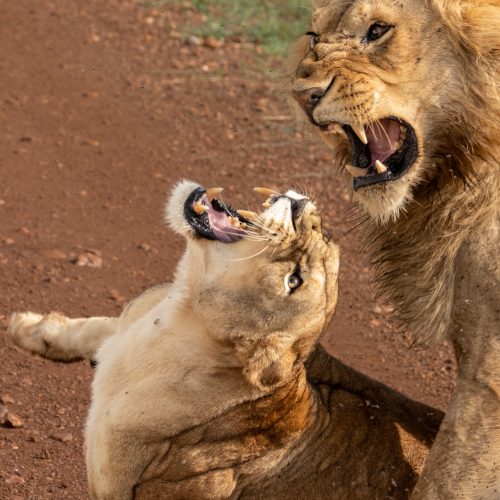
Just two days later, I found the same female mating with another of the Nyati males. This is a clever strategy that lionesses employ to safeguard the future of their cubs, as both of the males will know the offspring could be theirs and are more likely to protect them, or at the very least, let them survive.
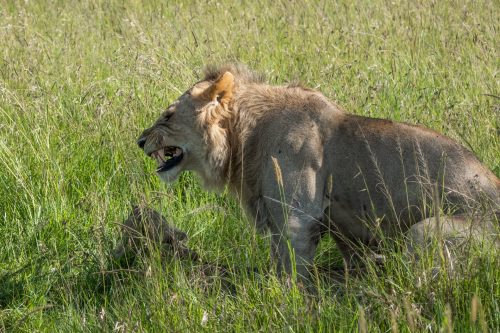
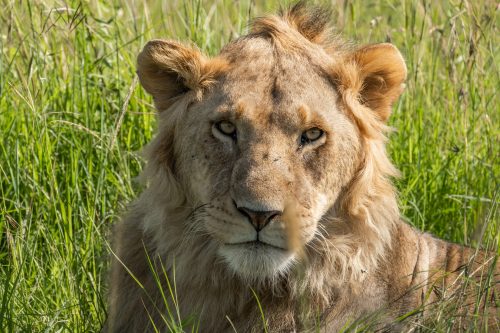
If you're very lucky you might see a kill while out on safari. But sometimes kills are not what you're expecting. I watched on with great excitement as this Southern ground hornbill caught a frog for breakfast.
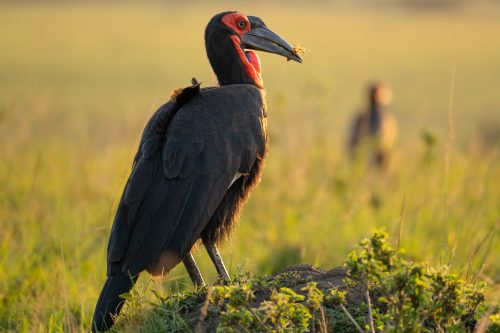
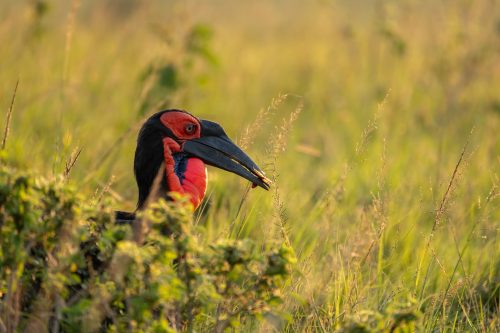
I must have missed this other kill by seconds. The grass is high from the ongoing rains, sometimes making wildlife difficult to spot but also offering the perfect cover for predators. I watched these three nervous-looking topis and I knew there had to be one lurking nearby. A few seconds later, they started galloping away from the direction they had been fixated on.
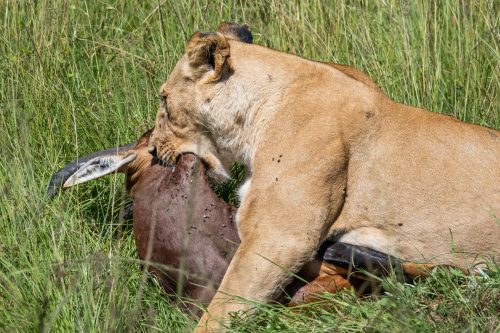
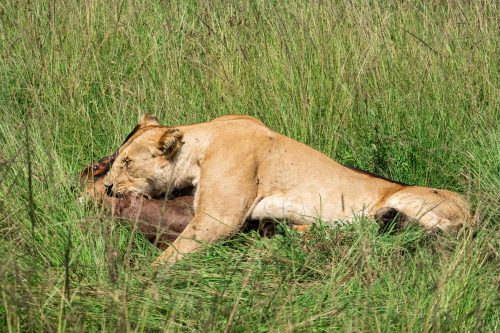
Unbeknownst to me, a well-executed strategy was underway. My eyes back on the road, I continued driving, but glancing back, when I suddenly realised that there was one less topi than before. And the two were no longer gently galloping as they had been, but running like bats out of hell. A quick scan from where I had spotted them seconds ago, and only the back end of the third topi was sticking out of the long grass. Right then I knew something had gotten it by the neck. As I drove closer to inspect, I found this lioness still holding onto the topi’s throat. Minutes later, I saw three more lions running towards us and it occurred to me that this was a pre-planned cooperative hunt. The other three had circled around, driving the victims towards their fellow pride member lying hidden in the grass.
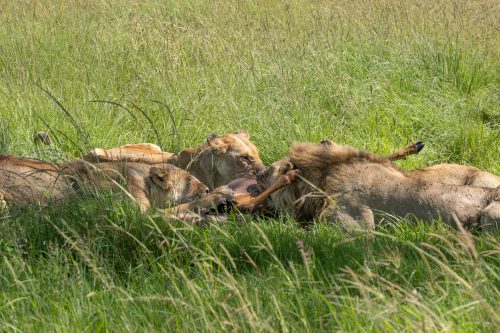
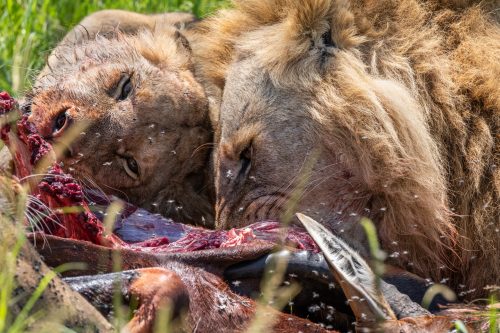
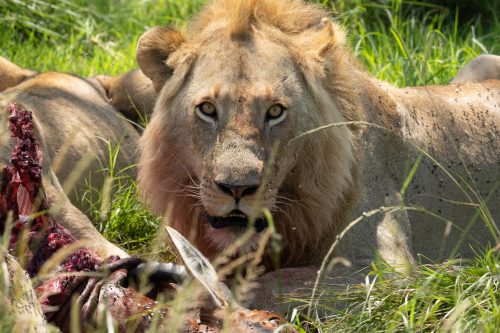
The Bila Shaka boys brought down a big buffalo and after they had had their fill, the River Pride females moved in with their cubs. Our guide, Lemaalo, reports that at least four new fluffballs have since joined the pride and are about one-to-two months old. And gladly, the three older cubs (three-to-four months old) are still with the pride and are in perfect condition.
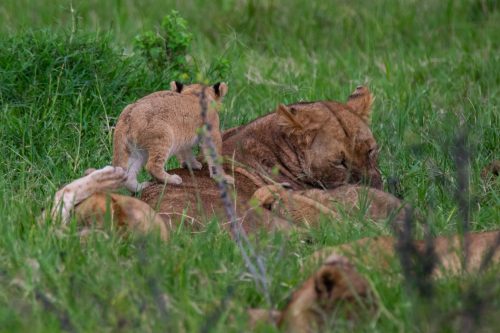
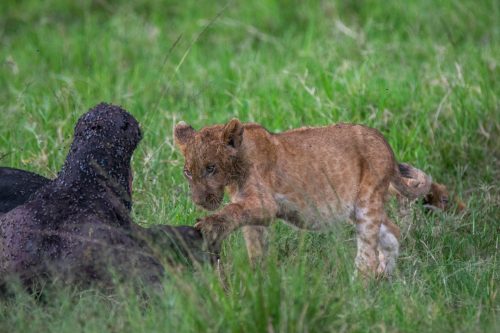
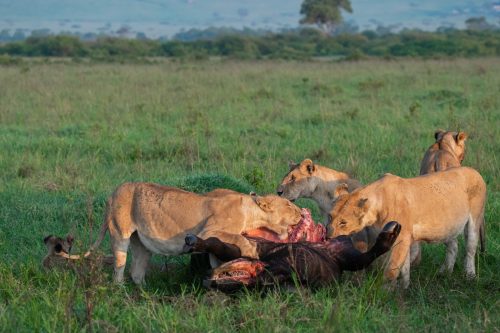
There is something special about baby elephants that makes it impossible to do anything but sit and watch their playfulness for as long as it goes on. The best time to catch them is early in the morning when it’s still cool and they are busily pushing and shoving each other about, displaying their true character. It is so good to see them looking so healthy and well-fed, thanks to the abundance of grass after the rains.
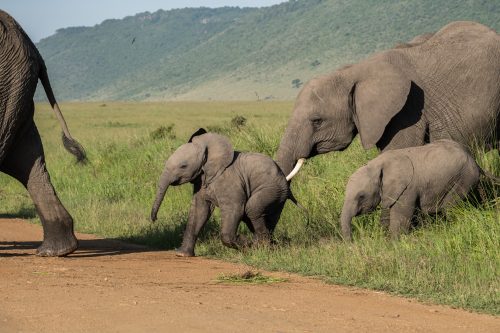
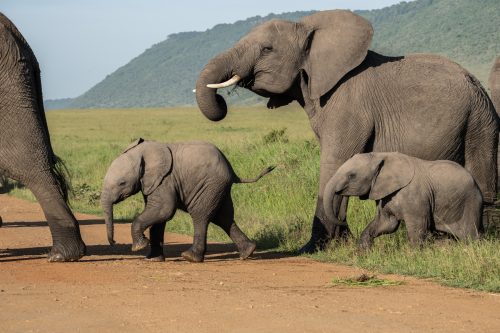
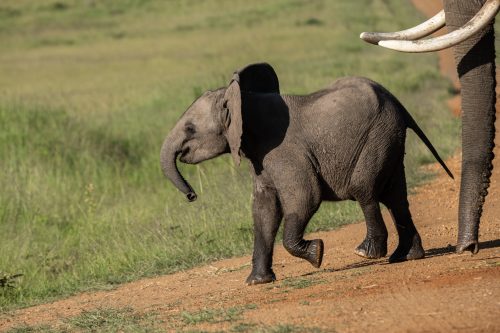
These are the two cheetah brothers that took down a topi. Two days later, I found them resting in the shade and in no rush to look for their next meal just yet. A sign that they were able to enjoy their feast without being chased off their kill by heavier predators.
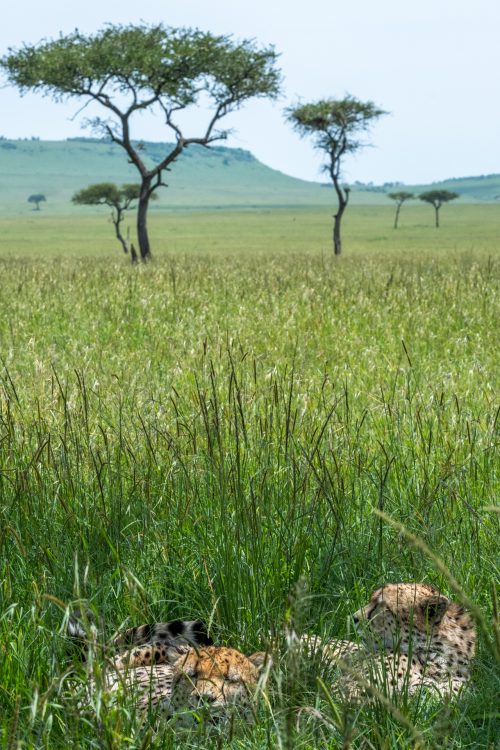
I also caught up with Slitlip and unfortunately, he is looking worse for wear. His bones are easily visible now and all the while I was with him, he never bothered to move and look for shade despite it getting hotter by the minute. We can only hope he will be in better shape the next time we see him.
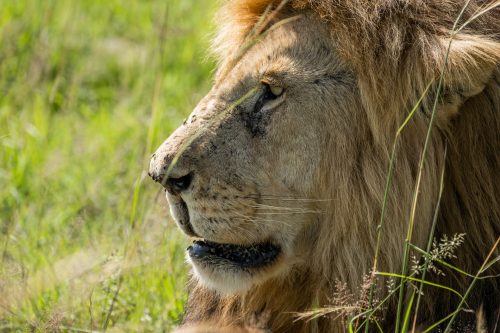
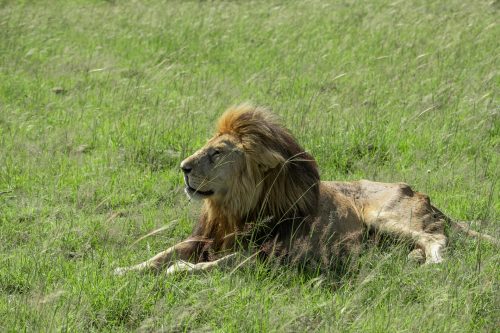
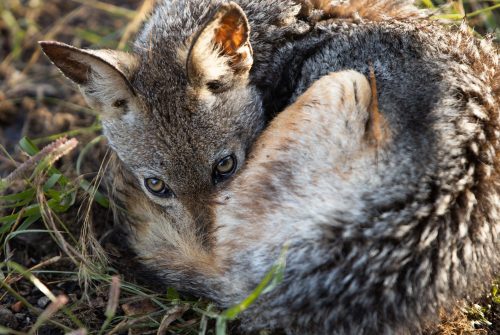
This week a year ago we came across this jackal pup curled up into a ball against the chill of the morning.
Filed under: This Week at Angama
Subscribe for Weekly Stories
Comments (0):

Angama Image Gallery